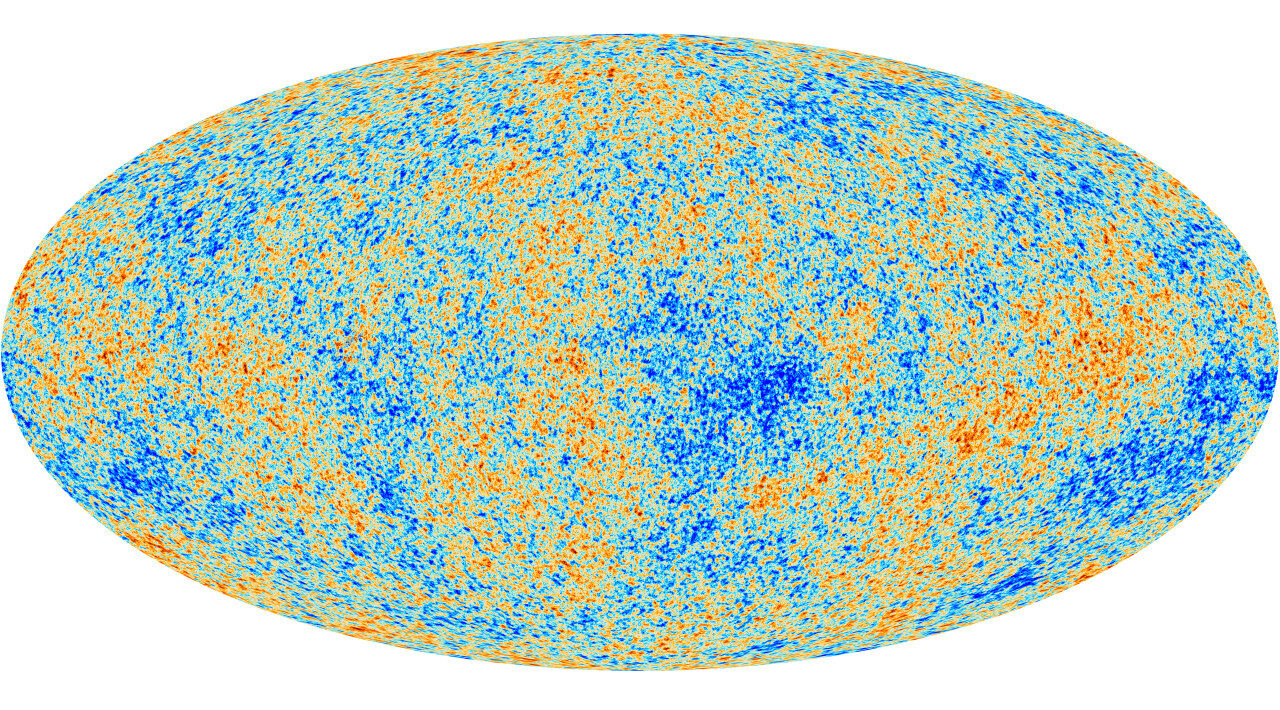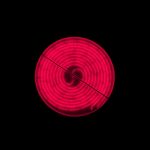Cosmology / Elementary Tour part 4: A mysterious beginning
From the first millionth of a second on, the big bang models are on fairly safe ground. Standard theories of physics such as the standard model of particle physics tell the researchers how matter behaves under the temperature conditions in question, and the model’s predictions concerning the abundances of light elements and the cosmic background radiation allow rigorous testing.
As we go further into the past, our knowledge about the history of our universe becomes less and less secure. Before that first millionth of a second, the cosmos was much hotter than all situations particle physicist here on earth can explore experimentally using their particle accelerators. Nonetheless, there are physical models extrapolating the standard model of particle physics which allow researchers to calculate, say, how the slight imbalance between particles and anti-particles arose – the surplus to which we and all matter in the present universe owe our existance.
For even earlier times, particle physicists have postulated a phase of accelerated, exponential expansion called inflation. Such a phase could help explain certain features of our universe that the usual big bang models have to take as given, for instance the geometry of space or, equivalently, our universe’s average density. The first tentative evidence for our universe having gone through an inflationay phase comes from examinations of the cosmic background radiation. This radiation has a characteristic temperature which, after all the expansion and cooling it has gone through over the last billion years, is currently a mere 3 Kelvin above absolute zero. There are, however, fluctuations: In a few regions of the night sky, the observed temperature of the background radiation lies a few tenth of a thousandth of a Kelvin below the average, in others a few tenth of a thousandth of a Kelvin above. The following is a picture of the fluctuations:

Image: ESA, Planck collaboration
It shows the sphere of the night sky in the same way a map of the globe shows our spherical planet. Reddish regions correspond to higher-than-average temperature, blueish regions to slightly cooler regions. The map was produced from observations with the Planck space observatory, an ESA satellite that has measured the temperature fluctuation with unprecedented accuracy. According to these observations, the fluctuations are exactly as one would expect from the predictions of the inflation models.
If one tries to go even further into the past, to an ever denser and hotter universe, temperature, density and energy reach values so extreme that quantum effects should become dominant. In such regions, general relativity cannot be expected to give the right answers. To describe these earliest phases, one would need a theory of quantum gravity, a topic that will be treated below, in the chapter on relativity and the quantum. Classical physics, which ignores quantum effects, cannot make authoritative statements about this extreme initial state of our universe. With its prediction of a big bang singularity, general relativity clearly delineates its limitations.










